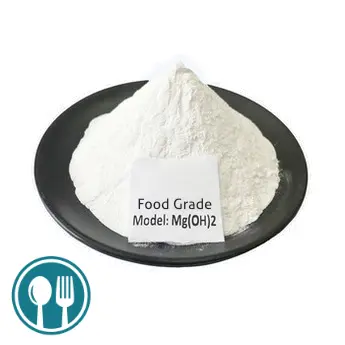Magnesium hydroxide is mainly used as the following use in food:
Food additives: magnesium hydroxide is a kind of food additive, which can be used as the following use in food processing:
PH regulator: Magnesium hydroxide is alkaline and can be used to adjust the pH value of food to meet food safety standards. For example, adding magnesium hydroxide to ice cream powder can adjust the acid and alkali of ice cream to make it taste better.
Targean: magnesium hydroxide can adsorb the pigment in food and play a decocent effect. For example, in the process of sugar refining, the impurities in the syrup can be removed with magnesium hydroxide to make it clearer.
Anti -node agent: magnesium hydroxide can adsorb water to prevent food blocks. For example, add magnesium hydroxide foods to powder -like foods such as wheat flour, milk powder, chocolate, etc., which can prevent it from knotting and making it easier to disperse.
Conuses: magnesium hydroxide can react with the ingredients in certain foods to form a coagulant. For example, during the processing of soybean products, magnesium hydroxide can be used to solidify soy milk into tofu.
Nutritional reinforcement agent: magnesium hydroxide contains magnesium, which can be used as a nutritional enhancer to supplement the magnesium content in food.
Food color stabilizer: magnesium hydroxide can react with pigment in food to form a stable color. For example, adding magnesium hydroxide to canned food can prevent food from discoloration.
Other uses: Magnesium hydroxide can also be used in the production of food packaging materials. For example, adding magnesium hydroxide in paper and plastic packaging materials can improve its blocking performance and extend the shelf life of food.
The application of magnesium hydroxide in food should meet national food safety standards.
When using magnesium hydroxide, pay attention to the following:
Choose food -grade magnesium hydroxide: Food -grade magnesium hydroxide has undergone strict quality control and meets food safety standards.
Use according to the prescribed amount: Excessive use of magnesium hydroxide may affect the taste and flavor of food.
The following are the specific application examples of some magnesium hydroxide in food:
Add magnesium hydroxide to milk powder: Add a certain amount of food -grade magnesium hydroxide to the milk powder, which not only can adjust the pH value of milk powder, promote the rapid dissolution of milk powder in the water, but also supplement calcium.
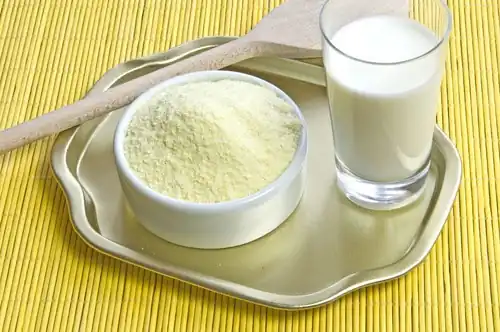
Adding magnesium hydroxide to soy products: Adding magnesium hydroxide to soy products can play a role in coagulant, and also provides calcium elements.
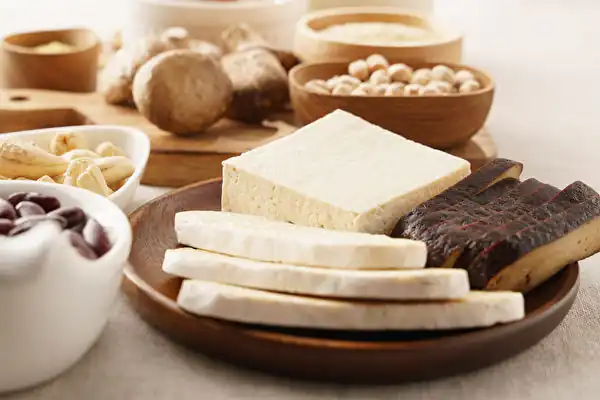
Add magnesium hydroxide to millet powder: Add magnesium hydroxide to millet powder, which has a significant optimization effect on the gel characteristics of millet powder, so that millet powder has a better taste.
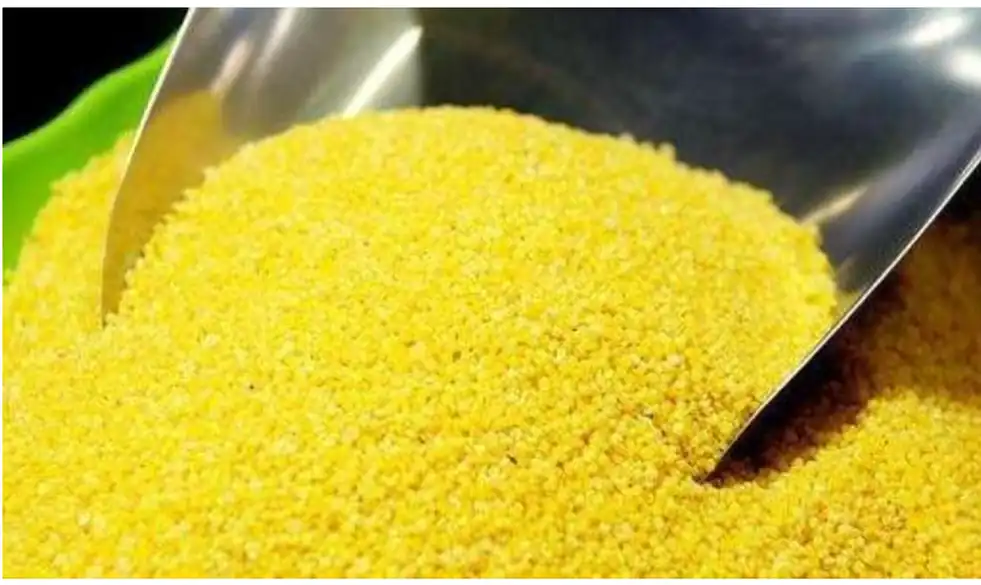
Add magnesium hydroxide to ice cream powder: add magnesium hydroxide to the ice cream powder to adjust the acid and alkali of the ice cream to make it taste better.

Adding magnesium hydroxide to canned food: Adding magnesium hydroxide to canned food can prevent food from discoloration.
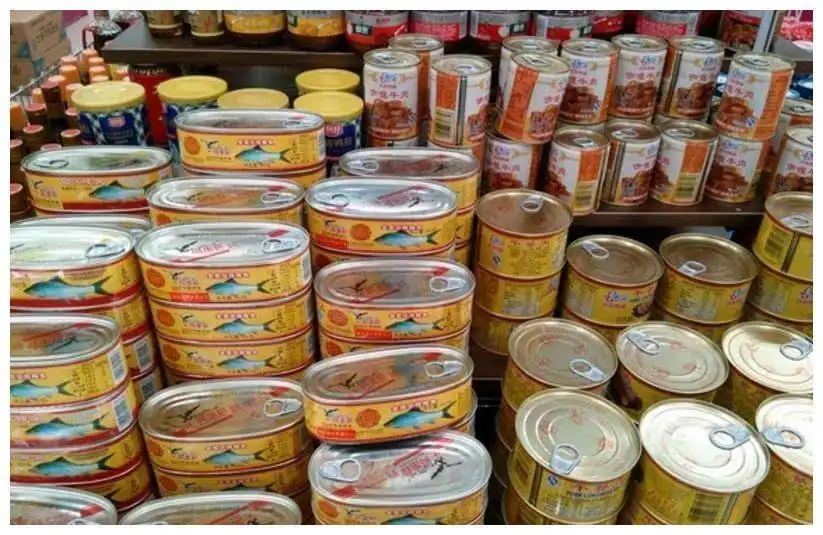
All in all, magnesium hydroxide has a wide range of applications in food, which can improve the quality and taste of food and extend the shelf life of food.

